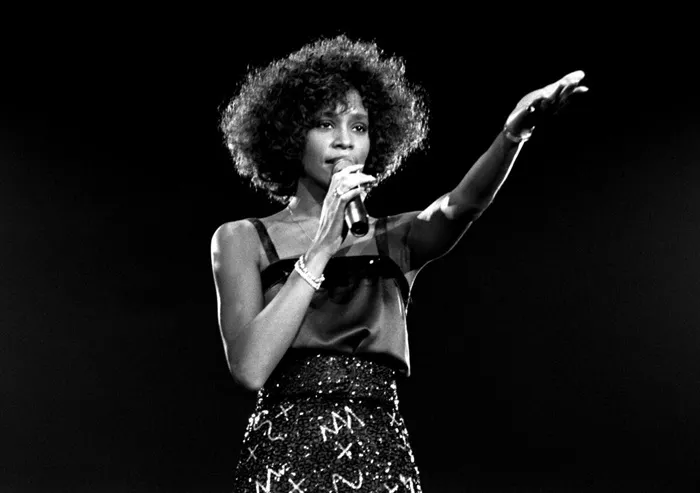In the ever-evolving landscape of popular music, new genres and subgenres emerge regularly, each offering its own unique blend of sounds and themes. One such genre that has been gaining traction in recent years is “witch pop.” Combining elements of pop music with mystical and occult imagery, witch pop has captivated audiences with its ethereal soundscapes and enchanting lyrics. In this article, we’ll delve into the essence of witch pop, exploring its origins, defining characteristics, notable artists, and cultural significance.
Origins and Influences
Witch pop can trace its roots back to the broader genre of pop music, which emerged in the mid-20th century and quickly became a dominant force in the music industry. However, unlike traditional pop, witch pop draws inspiration from a variety of unconventional sources, including witchcraft, paganism, and the occult.
One of the earliest influences on witch pop can be found in the psychedelic rock movement of the 1960s and 1970s. Bands such as Jefferson Airplane and The Doors incorporated mystical and esoteric themes into their music, paving the way for later artists to explore similar territory. Additionally, the rise of feminist and countercultural movements during this time provided fertile ground for the exploration of alternative spirituality and mysticism.
In the 1980s and 1990s, artists such as Kate Bush and Tori Amos further pushed the boundaries of pop music with their introspective lyrics and haunting melodies. Their willingness to explore taboo subjects and challenge societal norms laid the groundwork for the emergence of witch pop as a distinct subgenre.
Defining Characteristics
At its core, witch pop is characterized by its ethereal soundscapes, haunting melodies, and mystical lyrics. Musically, witch pop often incorporates elements of electronic music, folk, and ambient sounds to create an otherworldly atmosphere. Common instruments used in witch pop include synthesizers, drum machines, and acoustic guitars, which are often layered to create rich, textured compositions.
Lyrically, witch pop explores themes of magic, nature, and female empowerment. Songs may reference witchcraft, mythology, and the occult, or draw inspiration from folklore and fairy tales. Additionally, many witch pop artists use their music as a platform to address social and political issues, such as gender equality and environmentalism.
Visually, witch pop is often associated with imagery of the occult, including symbols such as pentagrams, candles, and crystals. Artists may incorporate elements of witchcraft and paganism into their stage performances, utilizing costumes, props, and stage design to create a sense of mystique and intrigue.
Notable Artists
While witch pop is still a relatively niche genre, several artists have emerged as pioneers in the field. One of the most influential figures in witch pop is Icelandic singer-songwriter Björk, whose experimental approach to music and performance art has earned her critical acclaim and a devoted fanbase. Songs like “Pagan Poetry” and “Wanderlust” showcase Björk’s unique blend of electronic beats, haunting vocals, and mystical imagery.
Another notable artist in the witch pop scene is Grimes, the stage name of Canadian musician Claire Boucher. With her dreamy vocals and eclectic production style, Grimes has carved out a distinct niche in the world of alternative pop music. Her album “Art Angels” features tracks like “Kill V. Maim” and “Venus Fly,” which incorporate elements of witch pop alongside influences from electronic dance music and experimental rock.
Other artists contributing to the witch pop movement include Zola Jesus, Chelsea Wolfe, and Fever Ray, each bringing their own unique blend of sounds and aesthetics to the genre. Together, these artists are pushing the boundaries of pop music and challenging conventional notions of what it means to be a pop star.
Cultural Significance
Beyond its musical and aesthetic qualities, witch pop holds cultural significance as a reflection of broader societal trends and attitudes. In a world increasingly dominated by technology and consumerism, witch pop offers a counter-narrative centered around nature, spirituality, and self-expression.
Moreover, witch pop can be seen as part of a larger resurgence of interest in witchcraft and the occult in popular culture. From television shows like “American Horror Story: Coven” to fashion trends inspired by witchy aesthetics, the imagery and symbolism of witchcraft have become increasingly prevalent in mainstream media.
For many listeners, witch pop serves as a form of escapism, transporting them to a realm of magic and mystery where anything is possible. In an age of uncertainty and upheaval, the enchanting melodies and empowering lyrics of witch pop offer solace and inspiration, reminding us of the power of music to uplift the spirit and transcend the ordinary.
Conclusion
In conclusion, witch pop represents a fascinating intersection of music, mysticism, and culture, offering listeners a glimpse into a world where the mundane meets the magical. With its ethereal soundscapes, mystical lyrics, and empowering themes, witch pop continues to captivate audiences and push the boundaries of what pop music can be. As the genre continues to evolve and expand, one thing is certain: the enchanting allure of witch pop shows no signs of fading anytime soon.

